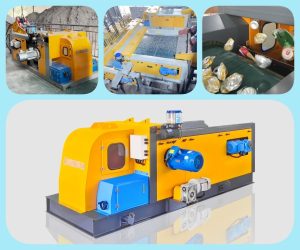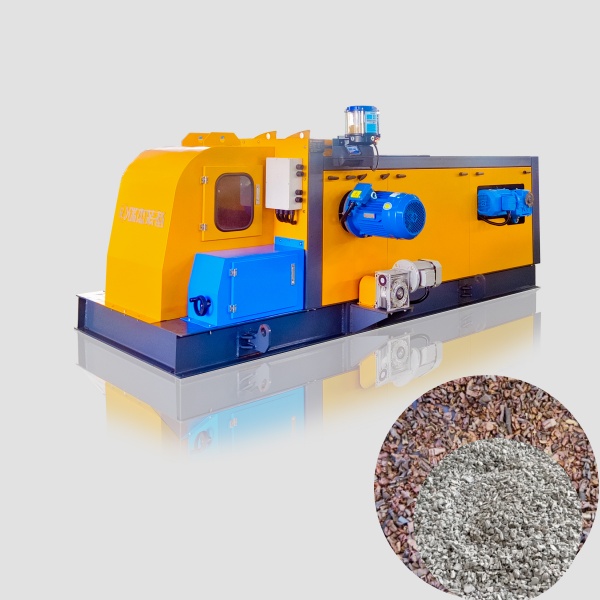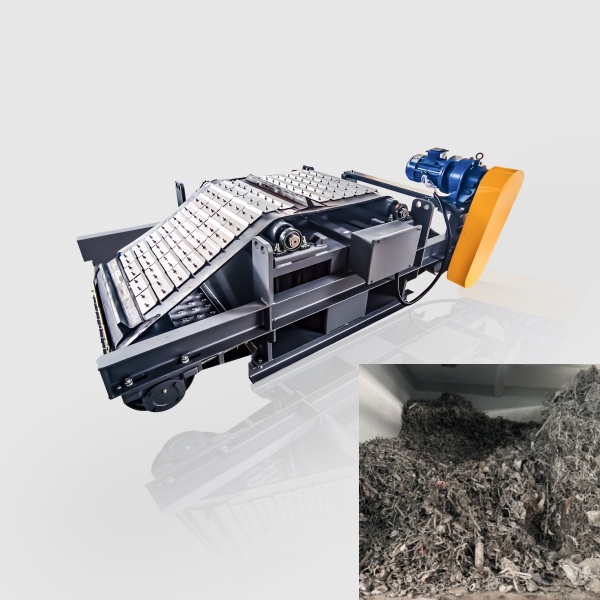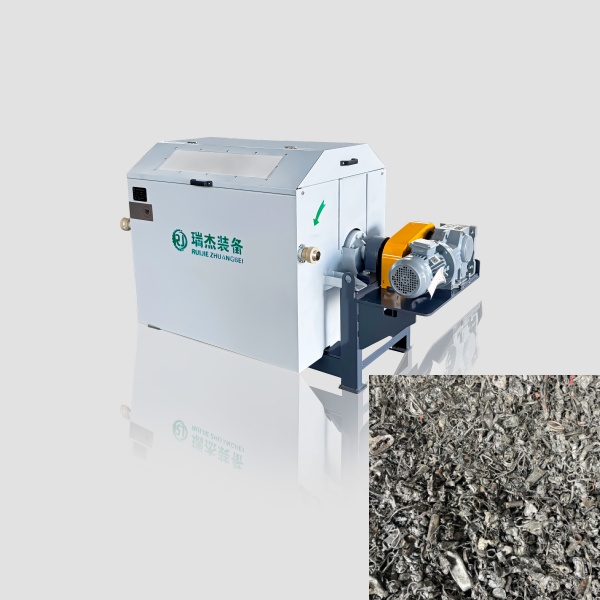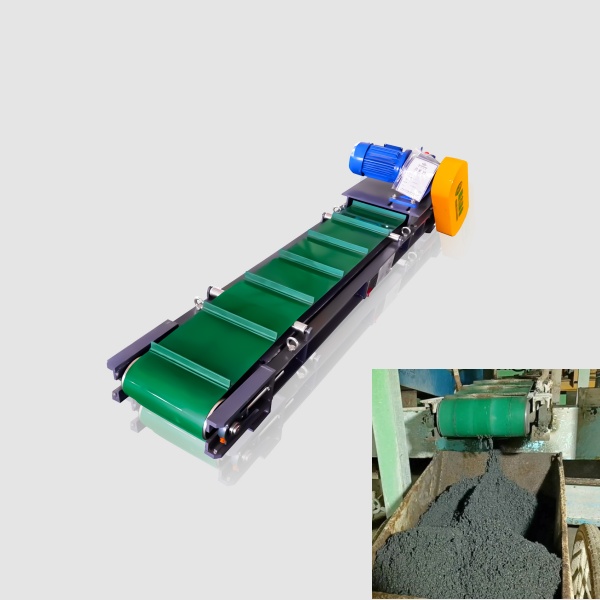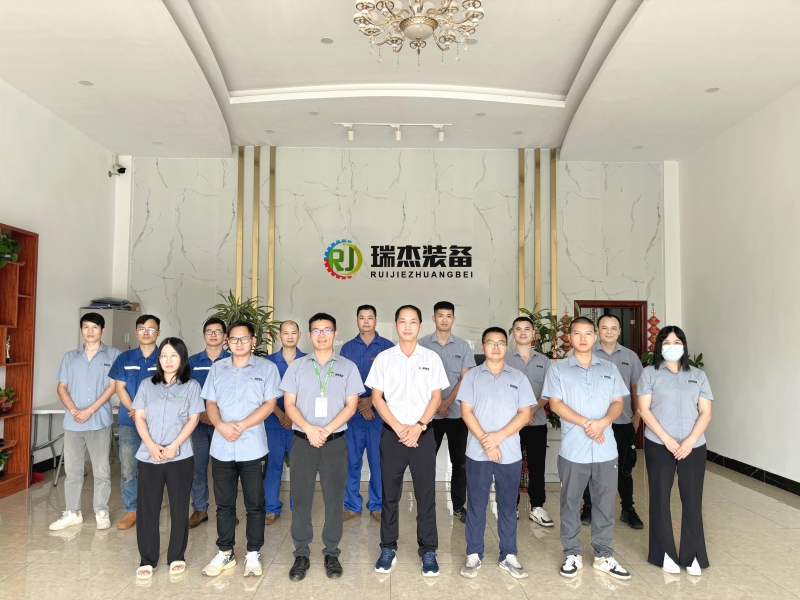Scrap metal is a vital renewable resource with enormous recycling value. Metal Scrap Sorting Technology serves as the core driver to unlock this value, enabling efficient and high-quality scrap metal recycling.
1. The Core Role of Metal Scrap Sorting Technology
Efficient scrap metal recycling hinges on advanced metal scrap sorting technology. Proper recycling enabled by this technology not only reduces the exploitation of metal mineral ores but also enhances resource utilization efficiency, boosts economic benefits and minimizes industrial pollution from mining and primary production.
Manual sorting, the traditional approach, suffers from low efficiency and high labor costs, failing to meet modern large-scale demands. Intelligent metal scrap sorting equipment and metal scrap sorting machines have addressed these bottlenecks effectively.
Among various technologies, magnetic separation technology is the most widely adopted, with equipment such as eddy current separators, electromagnetic overband separator, wet drum magnetic separators, and suspended permanent magnetic separator all operating on magnetic field principles.
2. Targeted Magnetic Separation Methods for Different Scrap Metals
Due to the varying magnetic properties of different metals, targeted magnetic separation strategies are essential to ensure sorting accuracy and efficiency. This personalized approach maximizes the recovery rate of each valuable metal component.
2.1 Separating Aluminum and Copper from Mixed Scrap
For separating non-ferrous metals like aluminum and copper from mixed scrap, eddy current separators are the preferred metal scrap sorting machines. These devices generate a high-speed rotating magnetic field; when mixed scrap passes through, eddy currents are induced in aluminum, copper,and other non-ferrous metals. The repulsive force between the induced magnetic field and the original magnetic field ejects these non-ferrous metals from the material stream, achieving precise separation with purity rates up to 98% and processing capacities adaptable to both small-scale workshops and large recycling plants.
2.2 Separating Iron, Stainless Steel and Ferrous-Containing Materials
For iron, stainless steel, and other ferrous-containing materials, specialized magnetic separators are employed.
- Wet drum magnetic separators are ideal for fine-grained iron scrap mixed with sludge or water, using magnetic rollers to adsorb iron particles while washing away impurities.
- Electromagnetic overband separator,often installed above conveyor belts, efficiently capture large iron scraps from bulk materials, preventing damage to subsequent crushing equipment.
- Suspended permanent magnetic separator integrates magnetic adsorption technology and is used in conjunction with shaking tables. It is suitable for separating small iron filings from non-ferrous metals or non-metallic materials, ensuring thorough sorting even for tiny valuable components.
3. Other Applications of Metal Scrap Sorting Technology
Beyond basic metal separation, metal scrap sorting technology finds extensive use in diverse scenarios.
- In automotive recycling, it sorts steel frames, aluminum alloy parts, and copper wires from end-of-life vehicles.
- In electronic waste recycling, it separates precious metals like gold and silver from circuit boards after preliminary crushing.
- In construction waste processing, it extracts steel reinforcement and aluminum profiles from concrete debris, turning construction waste into reusable building materials.
Additionally, it supports the recycling of industrial scrap, such as leftover metal shavings from manufacturing plants.
4. Development Trends of Metal Scrap Sorting Technology
The future of metal scrap sorting technology is moving toward intelligence, integration, and high precision. Intelligent sorting systems now integrate AI and machine vision, enabling real-time identification of metal types and automatic adjustment of sorting parameters. Integration is reflected in the combination of magnetic separation with optical sorting and gravity sorting, forming comprehensive lines that handle complex mixed scrap.
Energy-saving innovations, such as low-power magnetic coils and solar-powered auxiliary systems, are also gaining traction. Furthermore, modular designs allow metal scrap sorting equipment to be customized for specific recycling needs, enhancing flexibility and applicability.
Conclusion
Metal scrap sorting technology is the cornerstone of efficient scrap metal recycling, bridging the gap between raw scrap and reusable resources. Magnetic separation technology, with its diverse equipment and targeted methods, remains the backbone of this field. As technology advances toward intelligence and integration, it will further elevate resource utilization rates, drive the sustainability of the scrap metal recycling industry, and contribute to global resource conservation and environmental protection.


